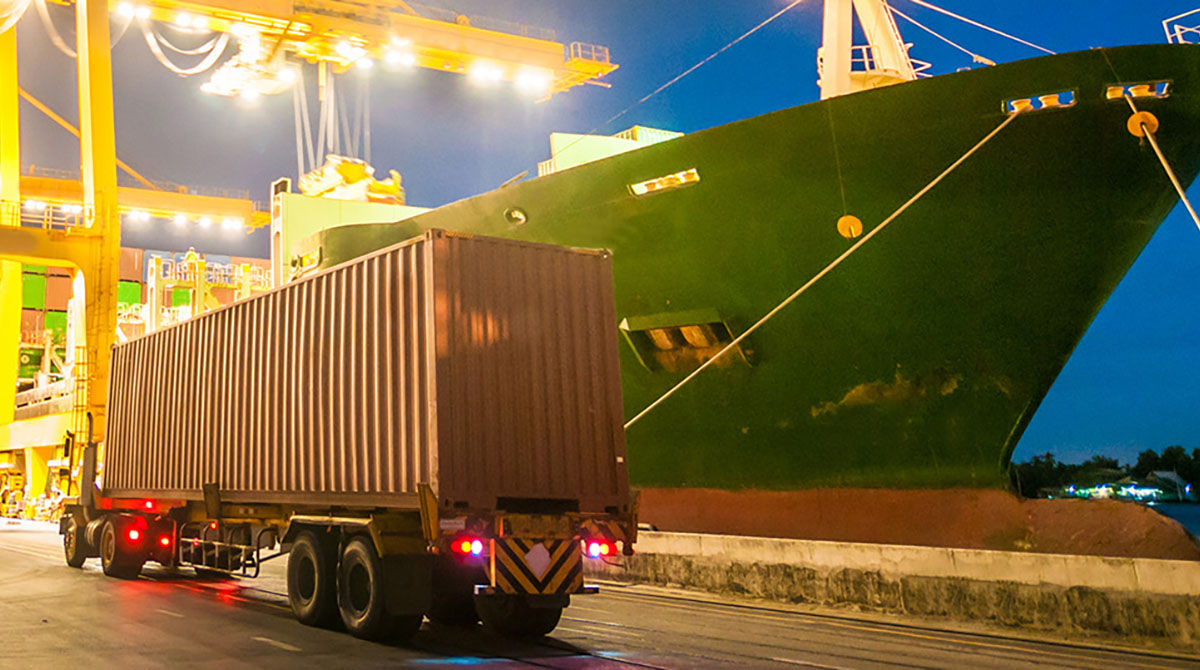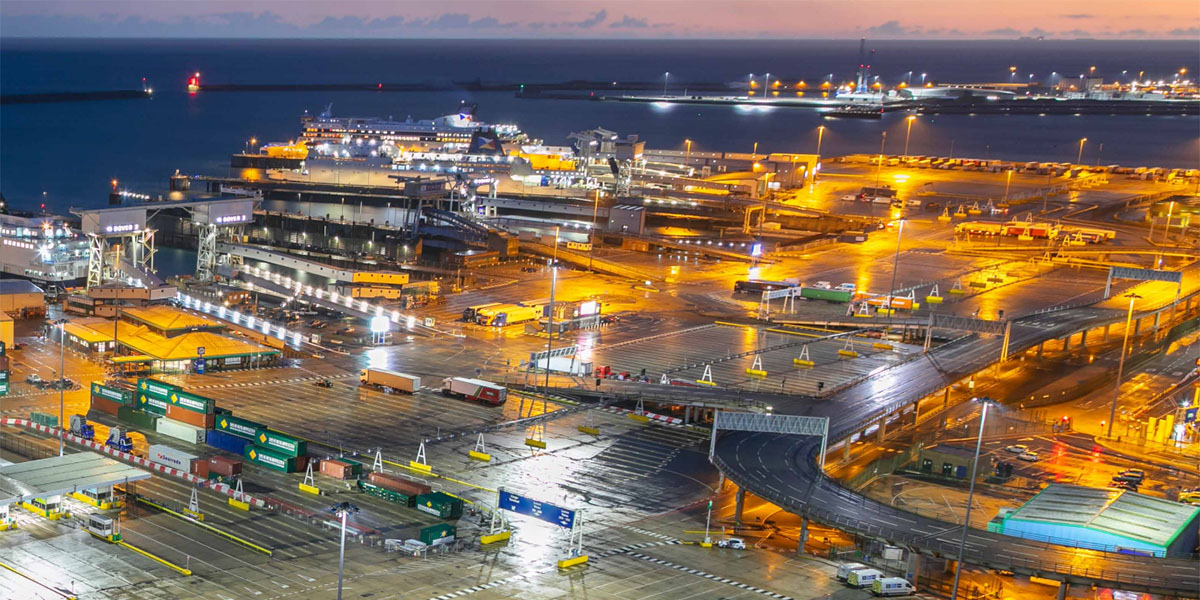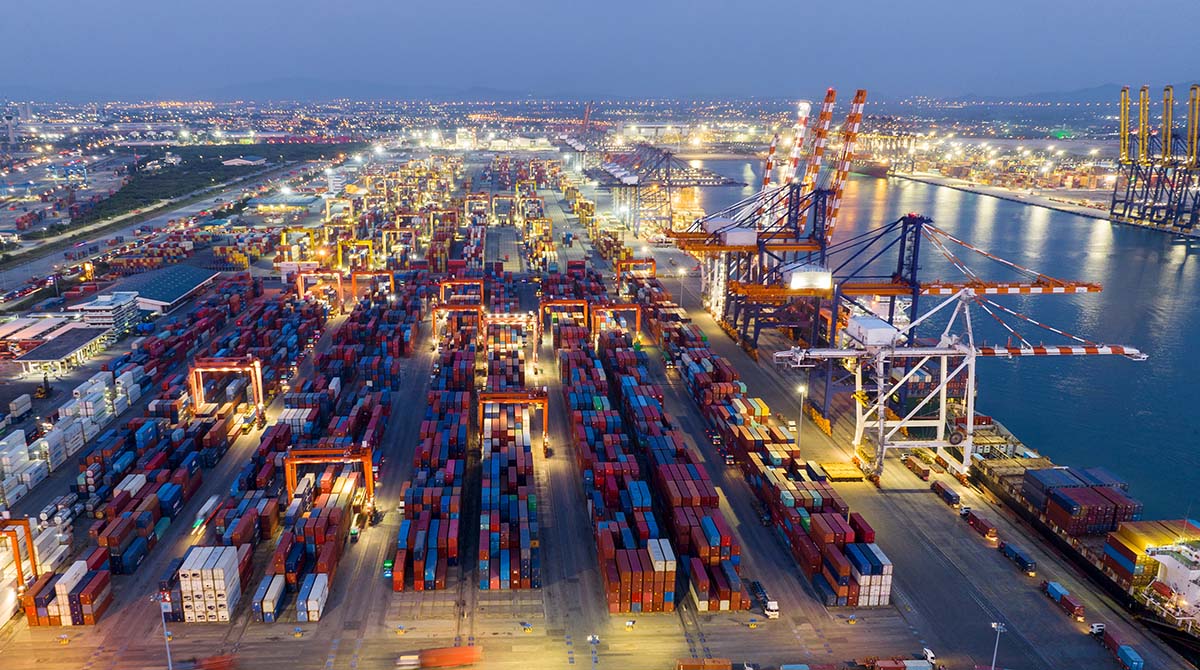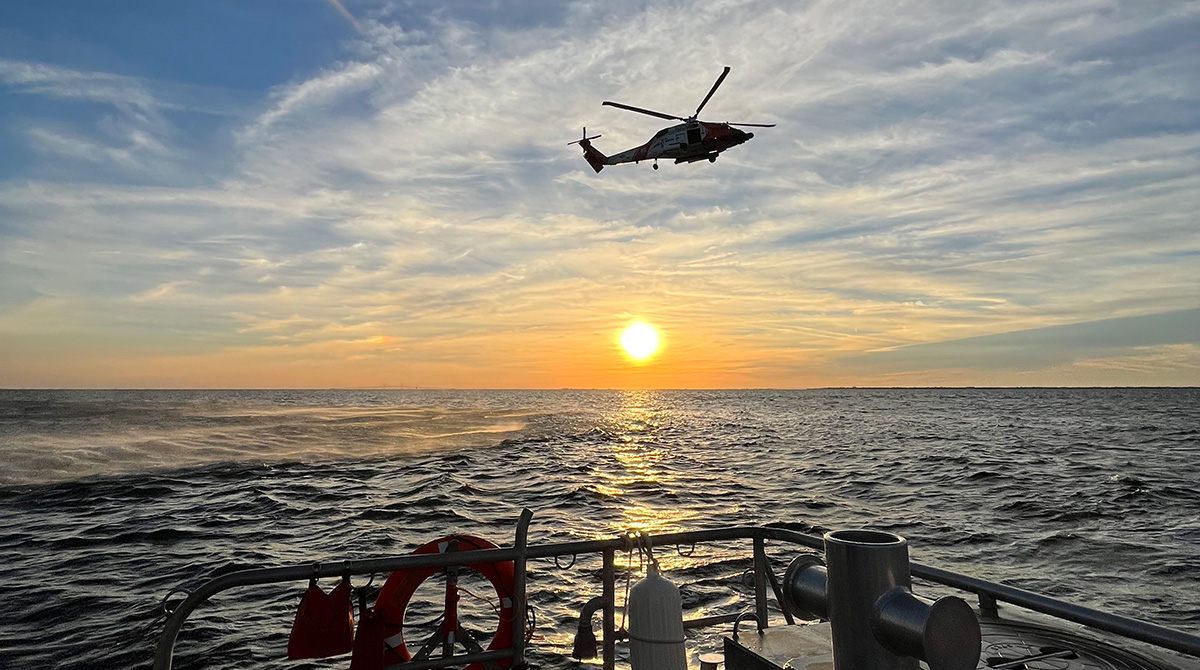Stowaways have challenged the maritime sector for centuries. The issue remains relevant today, especially in high-risk ports. Proactive measures are essential: they help avoid delays, additional costs and stress on board. This guide provides practical steps to help prevent stowaway embarkation, manage incidents effectively, and ensure safety on board.

Why stowaway prevention matters
- Onboard safety – Stowaways may pose risks to themselves and the crew, with potential weapons or health concerns.
- Operational impact – Incidents cause disruptions and delays in port schedules.
- Cost control – Fines, repatriation and additional port days lead to significant expenses.
- Compliance – Failure to follow ISPS Code or local laws may result in penalties.
Recommendations for preventing stowaways
Before arrival in high-risk ports
- Consult local agents for the latest security insights.
- Ensure proper lighting on deck and along the quay.
- Inspect and secure anchor chains.
- Remove unused equipment such as ropes or ladders.
While alongside in port
- Limit access to the vessel and secure all entry points with locks and CCTV.
- Raise or secure gangways when permitted by port authorities.
- Maintain a visitor logbook and ensure all visitors disembark.
- Monitor cargo operations, including checks on containers and cargo spaces.
Before departure
- Conduct a full search of all areas, including hard-to-access spaces.
- Perform a second search after departure but still within territorial waters.
- Record all findings in the ship’s logbook.
- Follow ISPS Code and FAL Convention guidelines closely

When a stowaway is discovered
- Inspect the area for additional stowaways or personal belongings.
- Safely collect identification and confiscate potential weapons without escalation.
- Isolate stowaways in a secure, locked space free of dangerous objects.
- Avoid unaccompanied access by crew to the secured area.
- Provide basic needs: food, water, bedding and supervised sanitary access.
- Do not assign any type of work to stowaways: this could have legal consequences
Collect information and report promptly
Use the NNPC Stowaway First Response form to gather information about the individual(s), including identity, nationality and method of boarding. Submit the form to NNPC immediately. Notify local authorities and NNPC as soon as possible. We can assist with translation services or the coordination of interviews. For multiple stowaways, separate interviews are advised to ensure accurate information gathering.
NNPC is here to help
Early detection and proper preparation make a real difference.
NNPC is available 24/7 to support incident handling and minimize delays and financial impact.
Click on the button below to download this publication as a PDF file.



